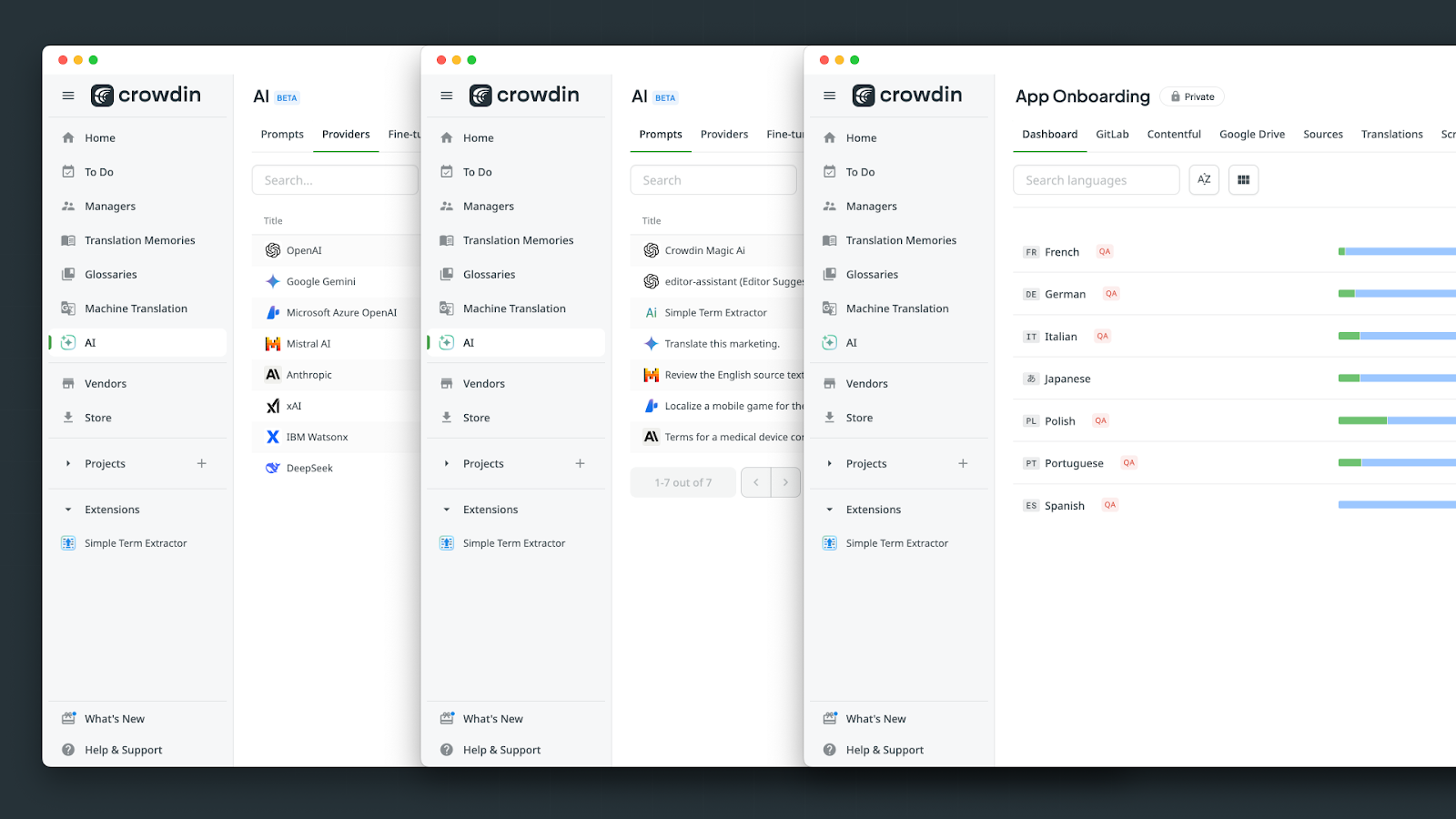Microsoft Placed In Leaders Category Of Gartner's Magic Quadrant For Enterprise Application PaaS
3 min. read
Published on
Read our disclosure page to find out how can you help MSPoweruser sustain the editorial team Read more
Analyst firm Gartner today released their Magic Quadrant for Enterprise Application Platform as a Service. Microsoft was placed in the leaders quadrant by Gartner. Salesforce is the only company that is ahead of Microsoft in this space. A PaaS that is designed to enable runtime deployment, management and maintenance of cloud business application services is an application PaaS (aPaaS). An aPaaS that is designed to support the enterprise requirements for business applications and application projects is an enterprise aPaaS.
Their comment about Microsoft,
Microsoft
Microsoft’s offering, Windows Azure, has evolved into an environment that supports IaaS and PaaS models. As a result of adding full IaaS capabilities, as well as fleshing out its private cloud strategy, the vendor now provides the onramps that are making PaaS much more approachable for enterprises.
The vendor’s approach is to focus on a “cloud first” push toward frequent updates and an aggressive approach to features and enhancements. Its long-term goal is to deliver the full range of .NET application infrastructure capabilities as Azure PaaS services. Its PaaS capabilities go beyond aPaaS and include its SQL Database (dbPaaS) as well as messaging middleware services (Windows Azure Service Bus), in-memory data grid services (Windows Azure Cache) and iPaaS (Windows Azure BizTalk Services). It has also recently added Windows Azure Mobile Services, a cloud mobile back-end service offering that supports multiple clients beyond its own mobile client strategy. Its presence in other cloud environments (for example, SaaS through Dynamics CRM Online and Office 365, including SharePoint Online) also contributes to the vendor’s broad cloud strategy.
Windows Azure combines IaaS and PaaS capabilities in a common, colocated suite of services. Windows Azure Cloud Services is Microsoft’s cloud-based, high-control, shared-hardware aPaaS offering. The more recent Windows Azure Web Sites is a separately standing shared-OS aPaaS intended for relatively simple Web-facing applications.
Strengths
- Windows developers and those familiar with .NET languages and constructs find Azure a comfortable, compatible environment to work in. This brings opportunities for millions of developers and is a natural target for established Windows ISVs.
- The focus on mirroring capabilities and private cloud (Microsoft Cloud OS) means that enterprises can use Azure knowing that it integrates well with their existing environments and that they may have the option, in some cases, to run their applications in-house or on Azure.
- Microsoft’s vision is comprehensive, including support for integration BPM, in-memory computing, messaging and other functionality offered as cloud services in conjunction with its core aPaaS. Additionally, Azure’s services include the fast-growing IaaS and PaaS, allowing developers to use the right level of abstraction and to use both simultaneously in the same project.
- Azure supports Node.js, Java, PHP, Python and other environments besides .NET (including Linux in IaaS), enabling developers with backgrounds other than pure Microsoft to join the Azure environment in an attempt to broaden its addressable market.
Cautions
-
Microsoft’s offerings lack model-driven, graphics-based high-productivity development support (Visual Studio productivity tools notwithstanding). Its xRM capabilities (part of Dynamics CRM) have the potential to be utilized in conjunction with Windows Azure, but the vendor does not actively promote it.
-
Microsoft is facing uncertainty due to company leadership issues and regarding its core desktop and Office businesses that may cause distractions. Spreading its efforts across a wide range of IaaS, PaaS and SaaS offerings dilutes focus.
-
The goal of mirroring capabilities across Azure and Windows Server is a work in progress, and marketing promises are ahead of current product realities.
Read the full report here.









User forum
0 messages